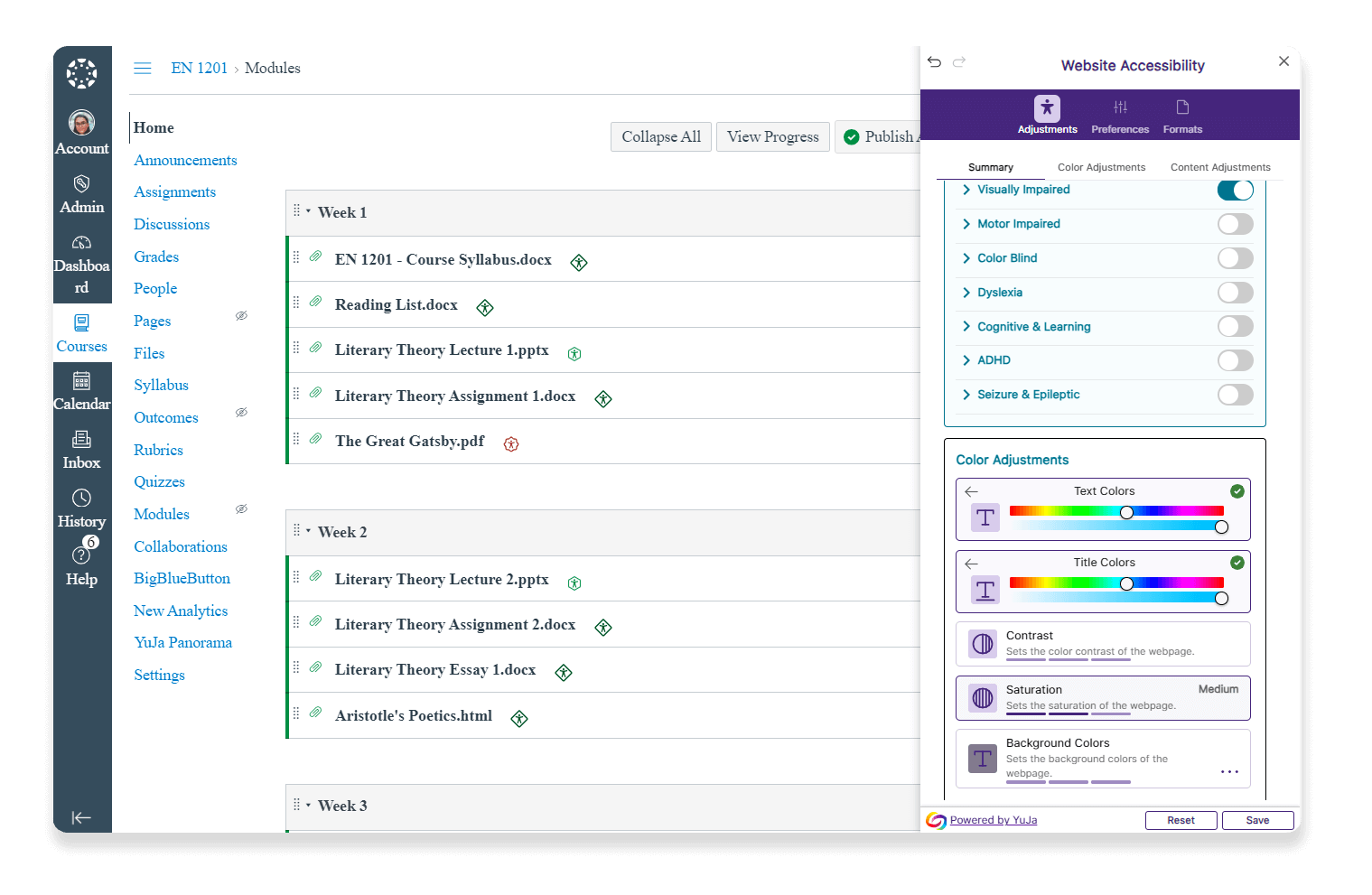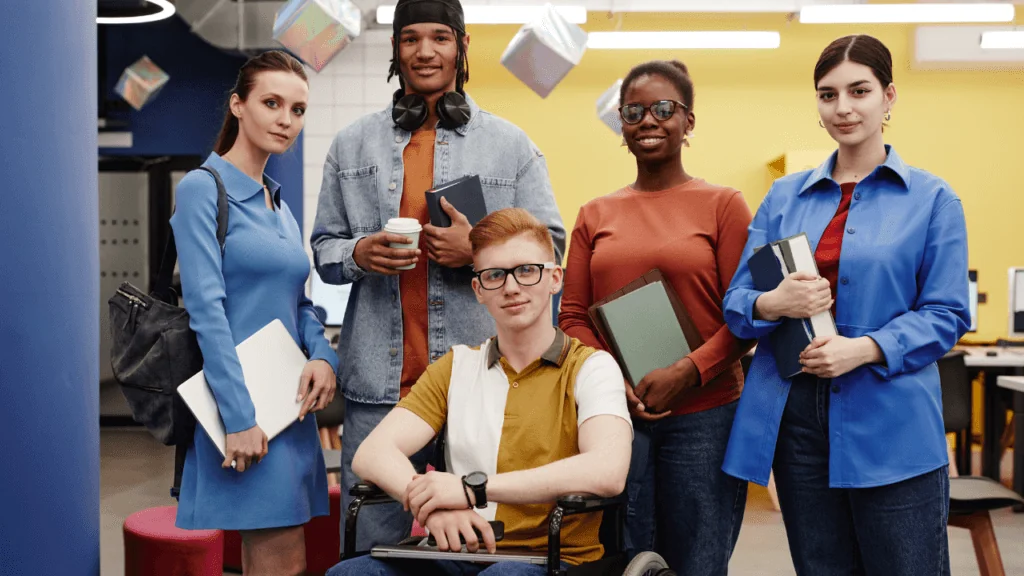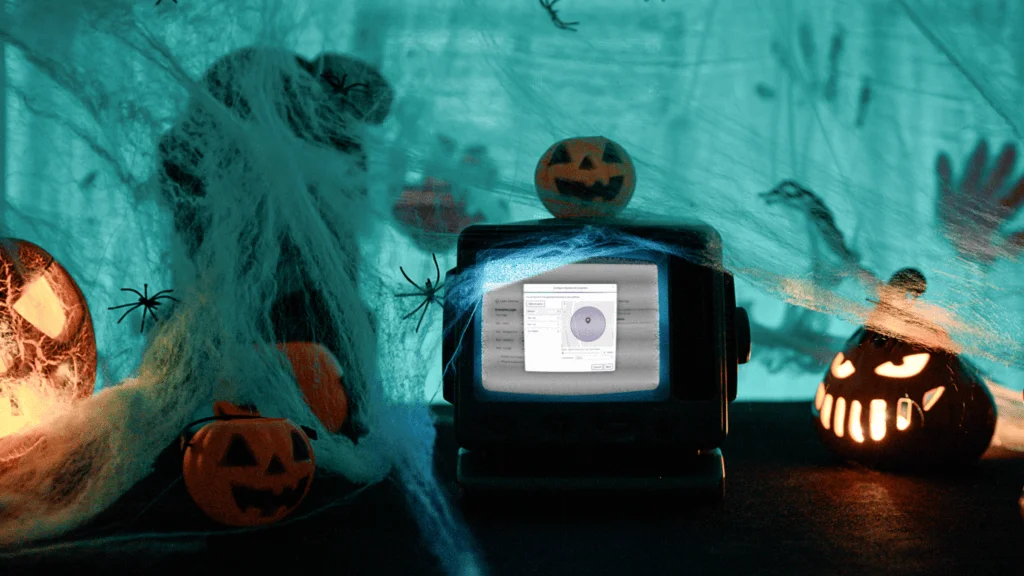While it’s among the most prevalent vision conditions, it’s often overlooked in web accessibility discussions in higher-education settings.
For students with CVD, traditional digital content can present significant challenges:
- Difficulty distinguishing between color-coded charts and graphs in learning materials
- Challenges with color-based highlighting in digital textbooks
- Issues identifying elements in online course materials
These challenges can impact learning effectiveness and student engagement, making it critical for institutions to implement accessible solutions.
Understanding Color Vision Deficiency
There are three primary types of color blindness, each of which affects students in different ways:
- Protanopia: Students struggle to distinguish reds, affecting their ability
- to see highlighted text or important notifications.
- Deuteranopia: Impacts green perception, making it difficult to interpret certain charts, graphs, and visual learning materials.
- Tritanopia: Affects blue-yellow discrimination, challenging students’ ability to work with certain color-coded learning resources.
Today, learning management systems (LMSs) integrate with accessibility tools that can help transform how color-blind students interact with digital content. When integrated within the LMS, accessibility widgets allow students to:
- Select from different color-blind filters tailored to their specific type of CVD
- Customize their viewing experience without changing the original content
- Seamlessly switch between different visibility modes as needed
- Access all course materials with their preferred settings
The Impact of Color on Learning
Studies show that personal applications of color can improve academic performance. “Color has the ability to impact student attention, behavior, and achievement. The proper application of color in the classroom has become more important due to the move toward inclusion in the public schools of the United States,” states The Inclusive Classroom: The Effects of Color on Learning in Behavior.
Color-blind filters in learning environments can help provide:
- Increased student engagement with visual learning materials
- Improved comprehension of color-coded information
- Enhanced student confidence in accessing digital content
- Reduced need for individual accommodation requests
Ensuring accessibility for color-blind students can be achieved with tools like YuJa’s Website Accessibility Widget, which allows users to adjust the content and color of web pages to improve accessibility. By integrating color-blind filters within the learning environment, institutions can create an inclusive experience for students.









